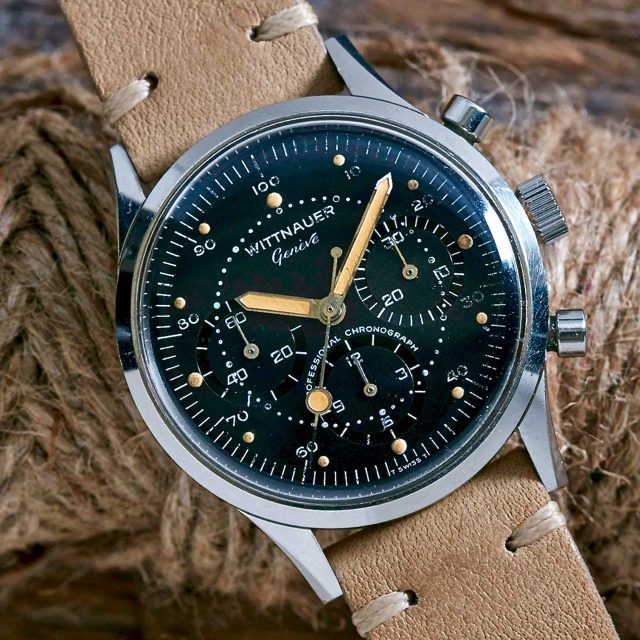
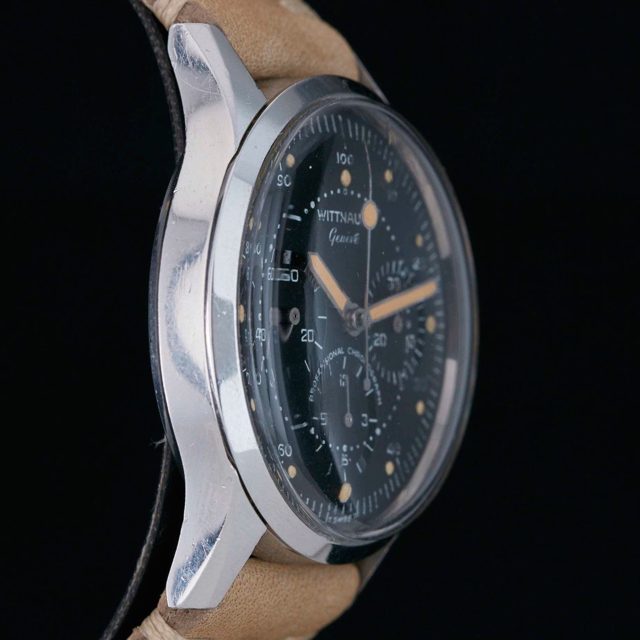
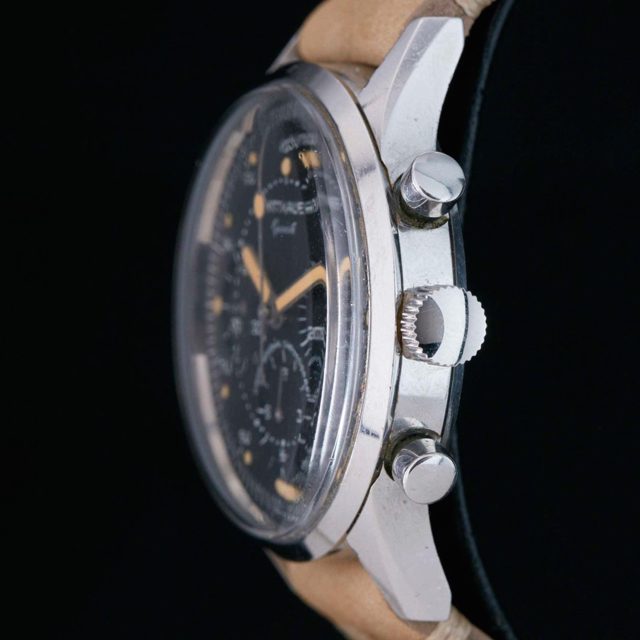
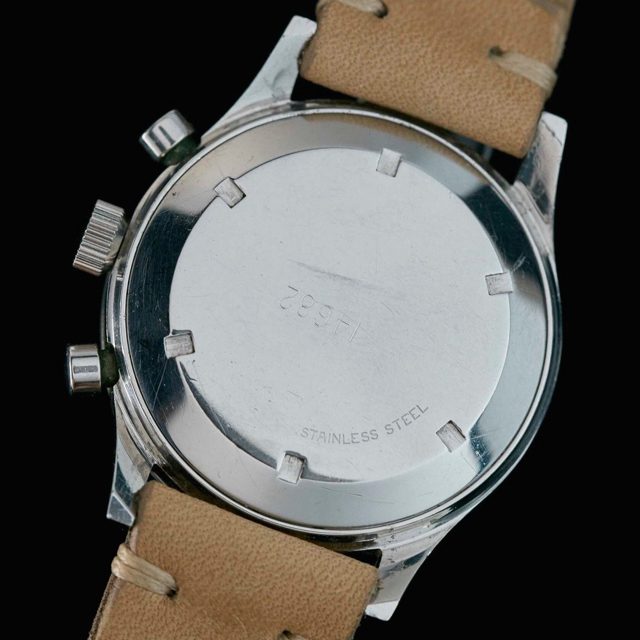
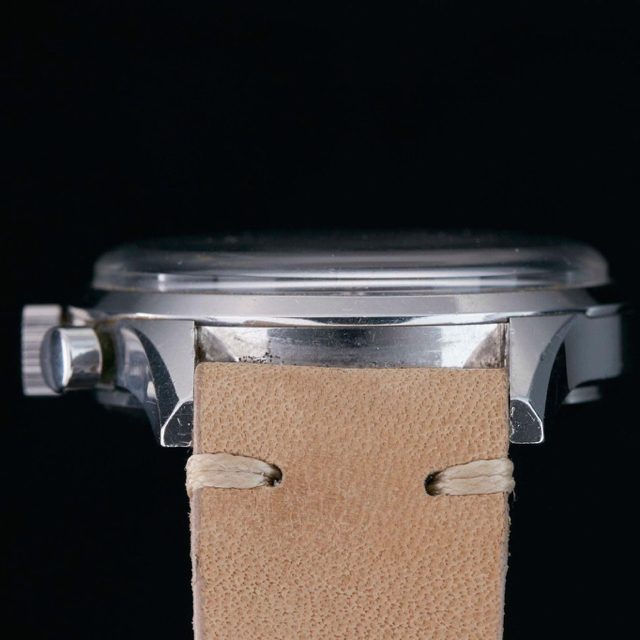
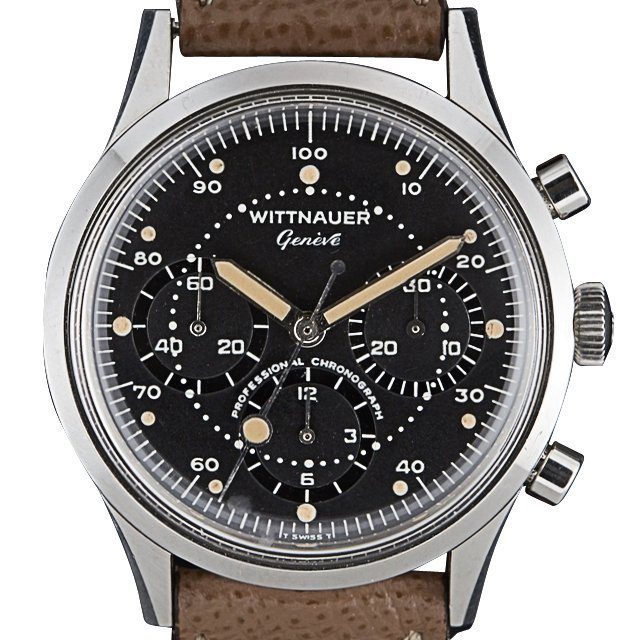
Wittnauer Professional Chronograph
US breaks diplomatic relations with Cuba1961 Wittnauer Professional Chronograph.
Wittnauer is a brand whose watches have certainly been picking up in value and hype in the vintage market. The brand certainly has a storied history: it was established in 1884 by Albert Wittnauer, nine years before Universal Geneve (darling of vintage chronograph collectors). Wittnauer also had a long and fruitful relationship with Longines, who bought Wittnaueroutright in the 1950s.
The brand’s chronographs were what earned its reputation for excellence. Aviators such as Amelia Earhart and Jimmy Mattern used Wittnauer watches and instruments during their flights. Their dependability in aviation attracted the attention of NASA. In March of 1965, NASA approached six leading watch brands for submission in a series of grueling tests, the object of which was this: to produce the first watch certified for use in manned space flights.
Rolex’s entry to the contest was the Valjoux 72-based racing chronograph, the Daytona. The Navitimer, ref. 809, was Breitling’s entry, and had already left Earth’s atmosphere on the wrist of American astronaut Scott Carpenter during his historic space-flight on May 24, 1962. Other entries included the Omega Speedmaster and a chronograph by Wittnauer.
NASA’s Qualification Test Procedures included timing tests that involved running the chronograph for several hours. The watches were decompressed for 90 minutes, and exposed to temperatures from 0 to 160 degrees Fahrenheit, intense vibration for 30 minutes, and then had to withstand shocks of 40 Gs. Of all the watches that underwent these intense trials, only the Omega Speedmaster passed each trial intact. The Daytona stopped running twice and the second hand warped. As for the Wittnauer, the Wittnauer’s crystal warped and disengaged from the case during the decompression and high pressure tests.
While there’s no proof from either the brand or NASA that the chronograph submitted by Wittnauer was this watch, the reference 242T, advertisements following the Qualification Test Procedures did proclaim the 242T as Wittnauer’s entry into the contest. Whether this is true or not, the 242T certainly resembles the Speedmaster and Navitimer in looks, with a matte black dial and bright luminous hour markers.
The dial of the 242T is unique in that it has a chapter ring in decimal time, which breaks a 24-hour day into 10 decimal hours consisting of 100 decimal minutes, comprised of 100 decimal seconds. This had its uses in aviation and was also used by Gallet and Meylan on chronographs. It’s an attractive alternative to the tachymetre bezels that adorned the Speedmaster and Navitimer.
Speaking of the dial, with its big globular lume plots, it hearkens to a map of the constellations. With a Valjoux 72 movement and attractive looks, the 242T fits the ideal of a mid-century pilot’s watch. In the air or on the ground, it’s absolutely stellar.
Submitted by Analog Shift.
